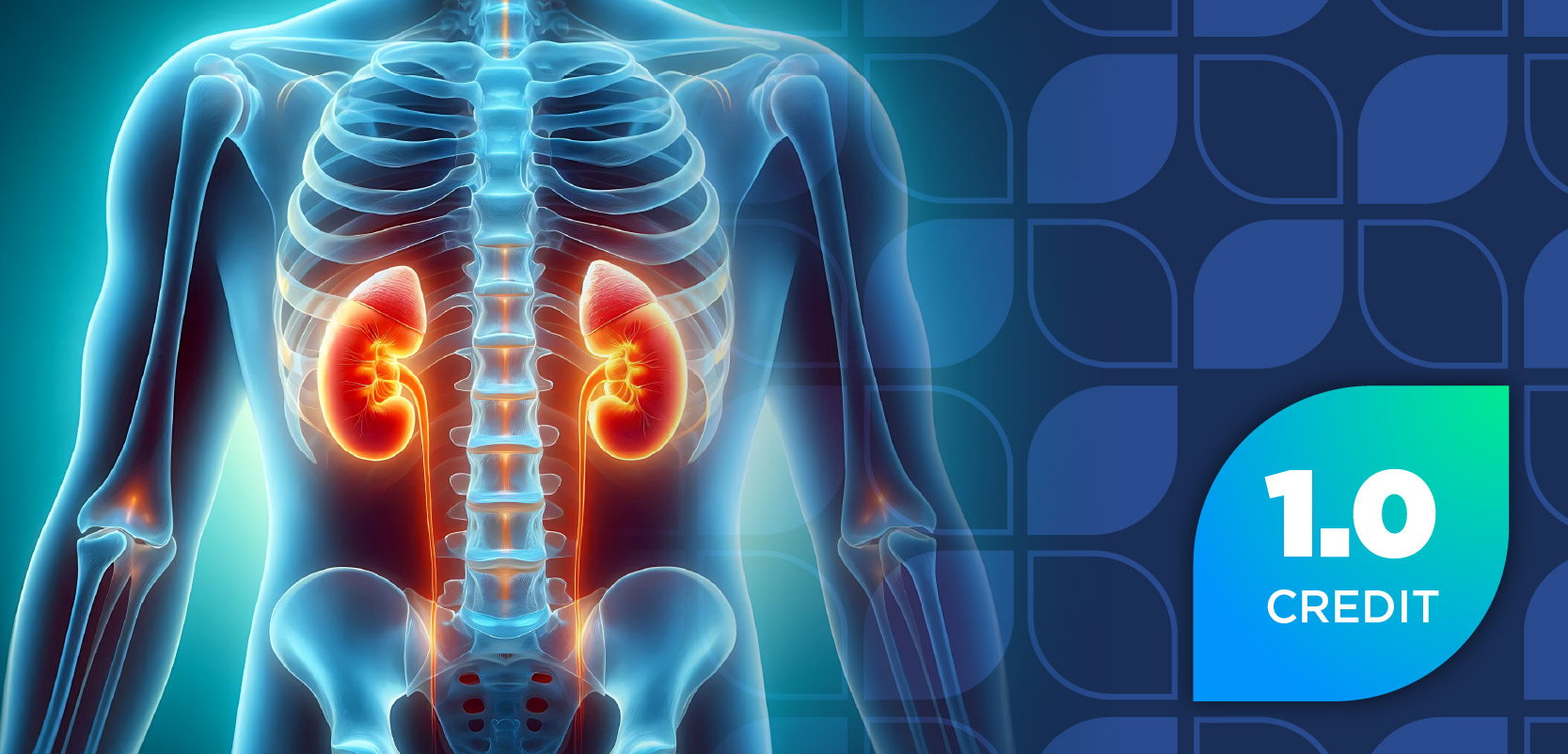
Neoadjuvant Trastuzumab Deruxtecan Improves Pathologic Complete Response in Patients With HER2+ Early Breast Cancer
Key Takeaways
- T-DXd followed by THP significantly improved pCR rates in high-risk, locally advanced HER2+ early-stage breast cancer compared with standard care.
- The DESTINY-Breast11 trial demonstrated T-DXd's favorable safety profile and potential to challenge current treatment standards.
Trastuzumab deruxtecan was safe and efficacious prior to treatment with paclitaxel, trastuzumab, and pertuzumab.
Trastuzumab deruxtecan (T-DXd, Enhertu; AstraZeneca) followed by paclitaxel (Taxol; Bristol Myers Squibb), trastuzumab (Herceptin; Genentech), and pertuzumab (Perjeta; Genentech; THP) yielded a clinically meaningful improvement in pathologic complete response (pCR) rate compared with standard of care (dose-dense doxorubicin and cyclophosphamide followed by THP [ddAC-THP]) in the neoadjuvant setting in patients with high-risk, locally advanced HER2+ early-stage breast cancer (eBC). The data were observed in the phase 3 DESTINY-Breast11 trial (NCT05113251).1
Approximately 20% of all BC diagnoses are HER2+ BC, which is one of the most prevalent HER2 mutations. Because of its aggressiveness, rapid development, and greater fatality rates than other BC subtypes, HER2+ BC is difficult to treat. These patients have historically had very poor prognoses, but the development of new drugs has dramatically improved these results, raising survival rates to almost 90%.2
“There are still many patients with early-stage breast cancer who do not achieve a pathologic complete response with treatment in the neoadjuvant setting, increasing the risk of disease recurrence,” Ken Takeshita, MD, global head of research and development for Daiichi Sankyo, said. “These topline results from DESTINY-Breast11 demonstrate that [T-DXd] followed by THP could offer patients with [HER2+ BC] a promising new treatment approach prior to surgery, setting more patients on a path towards a potential cure.”3
T-DXd is an antibody-drug conjugate consisting of an HER2 monoclonal antibody attached to multiple topoisomerase I inhibitor payloads, allowing the agent to selectively bind and target HER2+ mutations. Its efficacy has been previously reported across various DESTINY-Breast clinical trials, leading to the drug’s FDA approval across multiple BC indications.2
The DESTINY-Breast11 trial is a global, multicenter, randomized, open-label, phase 3 study evaluating the safety and efficacy of neoadjuvant T-DXd at a dosage of 5.4 mg/kg monotherapy or T-DXd followed by THP compared with the standard-of-care regimen in patients with high-risk (lymph node positive [N1-3] or primary tumor stage T3-4), locally advanced, or inflammatory HER2+ eBC. The primary end point of the study is pCR, which is associated with improved long-term treatment outcomes. Secondary end points include event-free survival, invasive disease-free survival, overall survival, and safety.3
The trial randomly assigned 927 patients 1:1:1 to receive 8 cycles of T-DXd monotherapy; 4 cycles of T-DXd followed by 4 cycles of THP; or 4 cycles of ddAC followed by 4 cycles of THP. The data showed that T-DXd prior to THP had an improved safety profile compared with ddAC-THP, which aligned with the known safety profiles of each agent. Notably, neoadjuvant T-DXd followed by ddAC-THP yielded statistically significant improvements in pCR.3
“The clinically meaningful improvement in pathologic complete response and the safety data seen in DESTINY-Breast11 highlight the potential of [T-DXd] to challenge the current standard of care in [HER2+ eBC],” Susan Galbraith, MBBChir, PhD, executive vice president, oncology hematology research and development at AstraZeneca, said in a news release. “[T-DXd] is already an important treatment option in the metastatic setting, and these data have the potential to allow this medicine to move into early stages of disease where cure is possible.”3
REFERENCES
1. Trastuzumab deruxtecan (T-DXd) alone or in sequence with THP, versus standard treatment (ddAC-THP), in HER2-positive early breast cancer. ClinicalTrials.gov. Updated May 6, 2025. Accessed May 7, 2025. https://clinicaltrials.gov/study/NCT05113251
2. Trastuzumab deruxtecan plus pertuzumab improves progression-free survival in patients with HER2+ metastatic breast cancer. Pharmacy Times. April 21, 2025. Accessed May 7, 2025. https://www.pharmacytimes.com/view/trastuzumab-deruxtecan-plus-pertuzumab-improves-progression-free-survival-in-patients-with-her2-metastatic-breast-cancer
3. Enhertu followed by THP before surgery showed statistically significant and clinically meaningful improvement in pathologic complete response in patients with high-risk HER2 positive early-stage breast cancer in DESTINY-Breast11 phase 3 trial. BioSpace. May 7, 2025. Accessed May 7, 2025. https://www.biospace.com/press-releases/enhertu-followed-by-thp-before-surgery-showed-statistically-significant-and-clinically-meaningful-improvement-in-pathologic-complete-response-in-patients-with-high-risk-her2-positive-early-stage-breast-cancer-in-destiny-breast11-phase-3-trial
Newsletter
Stay informed on drug updates, treatment guidelines, and pharmacy practice trends—subscribe to Pharmacy Times for weekly clinical insights.

















































































































































































































